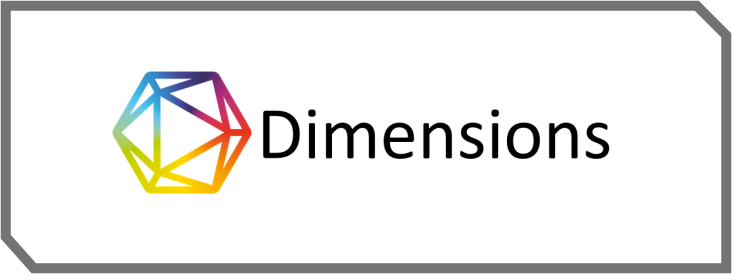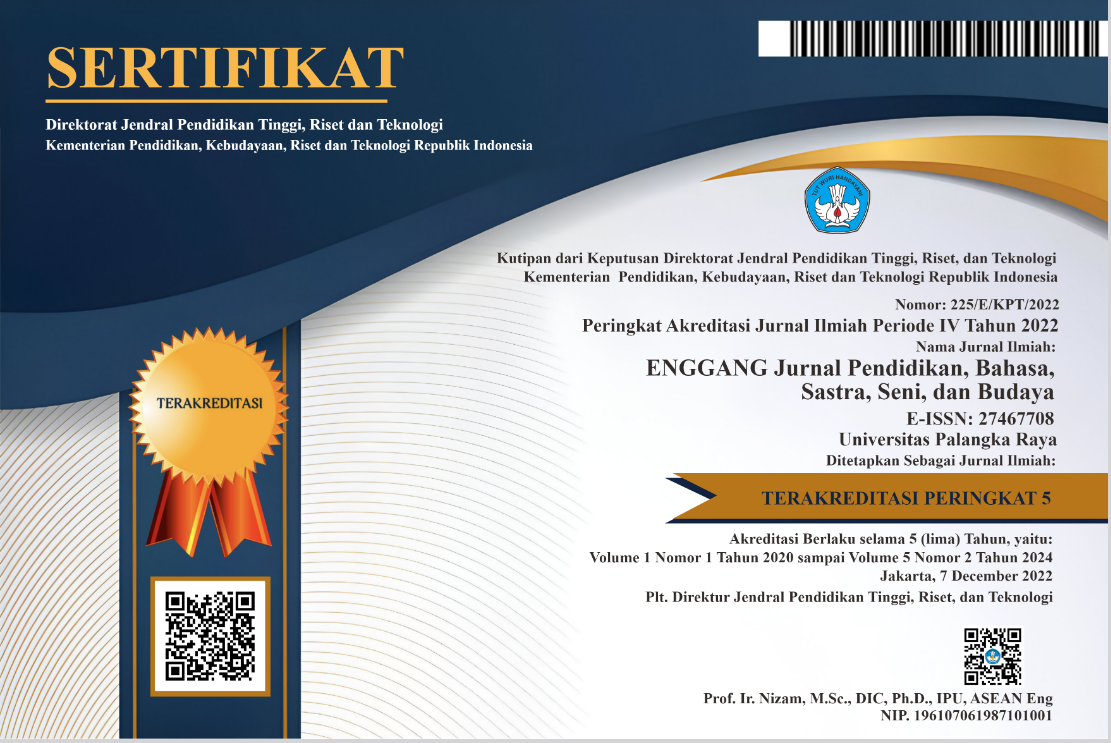DESAIN PRODUK VIRTUAL LAB GEOMETRI DI UNIVERSITAS TERBUKA SEMARANG SEBAGAI PARADIGMA PEMBELAJARAN ABAD 21
DOI:
https://doi.org/10.37304/enggang.v3i1.8578Keywords:
design, geometry virtual lab, product validationAbstract
The current virtual laboratory conditions are developing so rapidly, one of the indicators is the large number of Mathematics students, both PTN and PTS in Central Java, who are looking for references related to online geometry course practicums between lectures. This raises concern as a lecturer in adding value to lectures, which are adapted to the current 21st century learning era by creating a virtual laboratory based on Virtual Reality geometry courses, research methods using the ADDIE R & D model (Analysis, Design, Develop, Implementation and Evaluation) in this research only up to 3 steps because time constraints in product creation and validation, the results of virtual geometry lab products are expected to be able to display virtual and augmented reality which can increase student motivation and learning outcomes, based on the validation of media experts and material experts on geometry lab virtual products obtaining grades of 91 and 94 a This means that virtual geometry lab products are very suitable for learning geometry during a pandemic at the Open University of Semarang
Downloads
References
Buchori, A., Setyosari, P., Dasna, I. W., & Ulfa, S. (2017). Mobile augmented reality media design with waterfall model for learning geometry in college. International Journal of Applied Engineering Research, 12(13), 3773-3780.
Agustine, D., Wiyono, K., & Muslim, M. (2014). Pengembangan e-learning berbantuan virtual laboratory untuk mata kuliah praktikum Fisika Dasar II di Program Studi Pendidikan Fisika FKIP UNSRI. Jurnal Inovasi dan Pembelajaran Fisika, 1(1), 33-42.
Adi, W. C., Suratno, S., & Iqbal, M. (2016). Pengembangan Virtual Laboratory Sistem Ekskresi dalam Meningkatkan Motivasi Belajar Siswa SMA. Jurnal Pendidikan Sains, 4(4), 130-136.
Tüysüz, C. (2010). The Effect of the Virtual Laboratory on Students' Achievement and Attitude in Chemistry. International Online Journal of Educational Sciences, 2(1).
Sugiyono. 2010. Metode Penelitian Pendidikan (Pendekatan Kuantitaif, Kualitatif, dan R&D). Bandung: Alfabeta
Sukmadinata, N. S. 2013. Metode Penelitian Pengembangan. Bandung: Remaja Rosakarya
Irene, Y., & Ruswandi, B. (2013). Analisis Peningkatan Kualitas Pelayanan dengan Quality Function Deployment (QFD) pada Laboratorium Matematika Pusat Laboratorium Terpadu. Jurnal Matematika Integratif, 9(2), 147-60.
Zheng, R., Zhang. D. and Yang, G. 2015. Seam the Real with the Virtual: a Review of Augmented Reality. Information Technology and Mechatronics Engineering Conference. Atlantis Press. 7:77-80.
Skemp, R. R. (2012). The psychology of learning mathematics: Expanded American edition. Routledge.
Wang, Y., Cui, S., Yang, Y., & Lian, J. A. (2009). Virtual reality mathematic learning module for engineering students. Technology Interface Journal, 10(1), 1-10.
Bowen, B. D., & Peterson, B. (2019). Exploring authenticity through an engineering-based context in a project-based learning mathematics activity.
Agyei, D. D., & Voogt, J. (2011). ICT use in the teaching of mathematics: Implications for professional development of pre-service teachers in Ghana. Education and information technologies, 16, 423-439.













